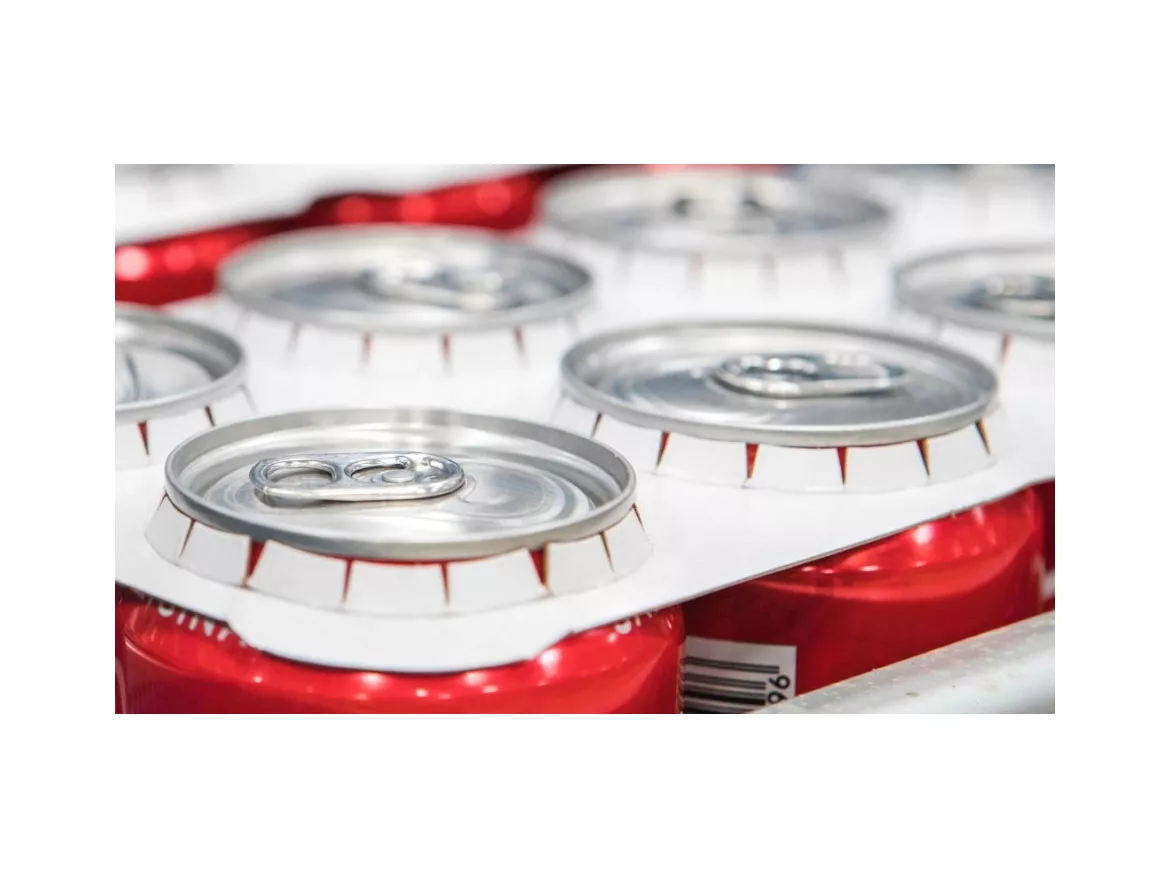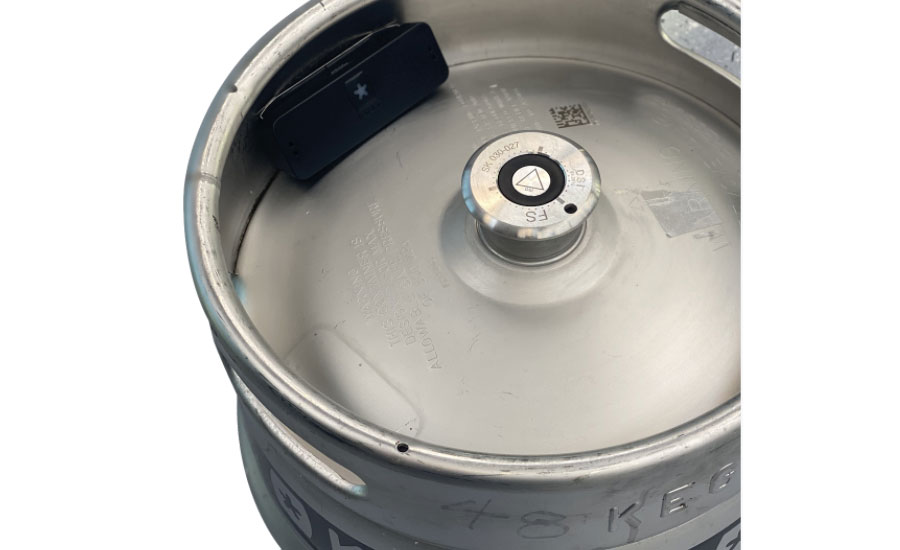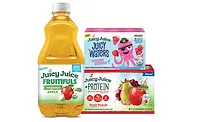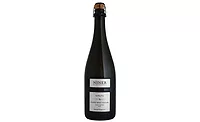Packaging Materials
Consumers, trends impact secondary packaging
Sustainability, smart technology influence packaging design

In the past year, the secondary packaging market has been influenced by hot-button trends such as sustainability and SKU proliferation. Meeting the demands of these trends has led many brands to revisit their secondary packaging. Yet, experts note that manufacturers will need to balance the competing needs of the eCommerce and retail channels, along with consumer preferences, which often requires a new approach to secondary packaging.
In its “2020 Secondary Packaging Trends” report, Herndon, Va.-based PMMI Business Intelligence reports that, whether it’s expanding SKUs to changing consumer desires, manufacturers need to be ready to address industry drivers with secondary packaging strategies that fit the times.
“Packaging formats have undergone significant changes in recent years as consumers gravitate toward more sustainable solutions and the retail shelf becomes increasingly crowded and noisy,” PMMI’s report states. “As consumers enjoy more options and more variety, brand manufacturers have endeavored to build unique value propositions into their product packaging, making them more attractive to consumers or enabling them to stand out on a crowded, competitive shelf.”

PMMI notes that with this goal in mind, many brand manufacturers are actively re-evaluating packaging configurations, and that one of the most prominent and consequential packaging changes for secondary considerations is the rise of shelf-ready displays. PMMI advises that manufacturers adopting shelf-ready displays will need to ensure that the bottom half of the case, which will remain on the shelf with the products, is properly branded, and that any graphics survive the distribution supply chain in a shelf-ready state.
“With a full 75% of [our report’s] respondents stating they are pursuing shelf-ready strategies, the challenges created by the popularity of this format remain top of mind at brand manufacturers,” the report states.
Influential consumer preferences
Beyond shelf-ready displays, experts note that many brand manufacturers are altering their secondary packaging to suit consumer needs and demands. For example, many format changes revolve around reducing materials and using more sustainable packaging options, as well as improving efficiency in line operations.
John O’Neal, president of global paper at WestRock Co., Atlanta, says that a company study titled “The impact of COVID-19 on Consumer Attitudes Toward Packaging,” conducted in November 2019 and September 2020, found safety, sustainability, and brand relationship to be influential in secondary packaging. Sustainability also was a key factor, as the study revealed that several sustainability-related packaging features were more impactful mid-COVID than pre-COVID
“For example, packaging that is easily recycled or composted. Consumers are not willing to sacrifice sustainability for safety,” O’Neal says. “Eighty-two percent [of respondents] agreed that it is important for brands to balance safety and concern for the environment when designing product packaging.”

Image courtesy of AB InBev
Furthermore, O’Neal notes the unchanging relationship between consumers with favorite brands, a factor that remained consistent despite other fluctuations.
“Consumers still care about brands and are increasingly purchasing with quality in mind. [There is] increased impact of packaging aesthetics and communicating brand values on packaging,” he says. “Fifty-seven percent [of 2020 respondents] said packaging that communicates the brand or company’s core values and purpose impacts product satisfaction, which was up 9% from 2019.”
Among its own survey respondents, PMMI notes several directions brands are headed with packaging.
“Seventy-five percent are moving to display-ready or wraparound cases, 30% are replacing their corrugated boxes with shrink film, 45% are eliminating cases in favor of rigid trays, and 50% are adjusting how they seal their corrugated cases ― be it with glue or with tape,” the report states.
For example, WestRock’s CanCollar Fortuna system and the family of solutions were created in response to the market's desire to transition from single-use plastic to a paper-based substrate.
“Our solution replaces single-use plastic multipacks with paper-based solutions and offers local communities and customers packaging that can be recovered into the fiber recycling stream through curbside recycling programs where such programs accept beverage cartons,” WestRock’s O'Neal says. “CanCollar designs help brands with their sustainability goals, help them communicate their sustainable practices to their consumers, and do so while meeting the unique needs of their supply chains and markets.”
In addition, these designs are entirely glue-free, relying on the combination of a proprietary tooth design to lock the can rims into the multipack and a stiff and tear-resistant substrate to provide superior can-retention and pack performance compared with competitive alternatives, he notes.
“The tooth design is optimized for performance in high-speed application and supply chain handling. These 100% paperboard solutions are recyclable, recovering an average of more than 80% of the fiber in a standard recycling process,” O'Neal adds. “Most of these designs offer brands some ability for sculpting to accentuate brand-specific attributes in the graphics and further reinforce the brand's connection with its consumers.”
Brands with progressive packaging
Brands also are more eager to communicate publicly and proactively about their packaging choices and transitions, O’Neal notes. Many companies appear to take pride in the purpose and logistics behind such changes, which are inclusive of a brand’s identity and personality.
“Traditionally, packaging changes are subtle, quiet, and it was hard to find a brand that wanted to communicate overtly about them,” he explains. “With today’s sustainability-driven packaging changes, brands are eager to ‘go public’ about their packaging choices and share the story with their consumers and other stakeholders. Packaging changes now feature prominently in product marketing, investor communications and media outreach.”
For example, Coca-Cola European Partners (now Europacific Partners) communicated its decision to work with WestRock to replace the products’ plastic rings with WestRock’s paperboard CanCollar Eco solution.
“CanCollar is a paperboard packaging solution for multipack cans in Spain, created with the goal of removing all unnecessary or hard to recycle plastic from Coca-Cola’s portfolio and avoiding the use of more than 11,000 tons of virgin plastic a year across Western Europe,” Coca-Cola said in a statement.
Wytheville, Virg.-based SOMIC America’s Peter Fox, senior vice president of sales notes that the Red Bull brand also demonstrates quality use of secondary packaging.
“It displays well on the shelf and demonstrates effective branding,” Fox says. “On the other hand, going in the opposite direction is lower-end shrink-wrapped packaging of Kraft trays. The use of premium printed shrink films have boosted this commodity into becoming a more premium offering.”
He adds that the two most prevalent aspects of secondary packaging design lately are brand imagery and quality.
“They’re important because the cost of these products must be supported through a top-to-bottom brand quality image,” Fox says. “Consumer influence produces higher overall sales, at premium prices, of the specialty product categories.”
Rise of sustainable, premium design
Although brands want to adopt more sustainable packaging, many are not willing to compromise on package performance or operational efficiencies on their packaging lines. Solutions designed to replace single-use plastic must be thoroughly tested to ensure they are adequately robust to survive distribution and retail environments, experts note.
WestRocks O'Neal says that consumer and retailer, and in many cases, regulatory, pressures are driving a groundswell of interest in sustainable, fiber-based secondary packaging solutions. He notes that sustainable packaging themes include material selection and material optimization (or minimization) are gaining momentum.
“On material selection, consumers naturally perceive fiber to be the most sustainable material and consistently rank it as the most environmentally friendly packaging type,” he says. “Recyclability is consistently the most important environmental factors associated with food/beverage packaging.”
As a result, less-sustainable packaging has fallen out of favor, which is on-trend with a variety of aspects of the beverage packaging manufacturing supply chain.
“Hard to recycle single-use plastics including rings and shrink film are falling out of favor,” O’Neal says. “Recycled content plastic or bioplastics may be successful in some applications, but images of plastic pollution have impacted the global consumer’s psyche in a way that not even a global pandemic could shake.”
The drive to offer minimal, sustainable, fiber-based package offerings fit for consumer use now is a global trend, O’Neal adds. Along with being more eco-friendly, the secondary packaging creates opportunities for new and inventive designs. More premium packaging also is in demand.
SOMIC America’s Fox expresses similar sentiments, noting that secondary packaging has become much more upscale by using high-quality graphics and premium materials such as E Flute and Micro flute board.
“It is much more common now to see the premium materials being used, especially in the premium functional categories,” he says. “I’m not sure how much of an impact it is having, but based on the proliferation, brand owners believe there is value.”
What lies ahead for secondary packaging
As the sustainability imperative continues to get stronger and brands are increasingly challenged to achieve their commitments, WestRock’s O'Neal anticipates increased interest in a circular model, distributed model, safety and security, and connected packaging.
“For a circular model, we’re seeing an increasing interest across food and beverage in reusable and returnable packaging. For the distributed model, we’re seeing continued interest in the beverage space in particular in at-home beverage production, e.g., Keurig and SodaStream models,” he says. “Counter-top beverage customization creates new user experiences and consumer engagement opportunities, while pod or cartridge supply chains can create environmental benefits, when appropriately designed.”
Because the pandemic has heightened consumer concerns about safety and security, packaging that protects the product and the consumer now is a much more critical factor for consumers and brands, O’Neal suggests.
“Finally, consumer openness to the use of QR codes during the pandemic has opened up new opportunities for extending and deepening engagement with consumer post-purchase on both eCommerce and in-store purchases,” O’Neal says.
Packaging security and smart packaging technology also have upped their game in recent years. For instance, comprehensive track and trace systems, in which traditional secondary packaging formats contain smart technology such as radio-frequency identification (RFID) or near-field communication (NFC)-enabled components, are increasingly being used, PMMI’s report notes.
“In addition to these tracking features, some packagers are exploring the addition of environmental sensors on their secondary package that can communicate to the consumer that their product was never exposed to extreme environments,” the report states. “Stickers that change color when exposed to temperature extremes or physical trauma can be affixed to the outside of the secondary package, demonstrating the integrity of the product contained within before the consumer even opens the package.”
PMMI’s report states that the most important component to a successful secondary packaging strategy is to work closely with the packaging engineers, the machine builders, and industry suppliers to rise above the demands and create solutions.
In doing so, it seems likely brands will continue to crank out innovative secondary packaging solutions that meet efficiency, sustainability, and brand-integrity goals, while catering to consumer demands and packaging design preferences.
Looking for a reprint of this article?
From high-res PDFs to custom plaques, order your copy today!







